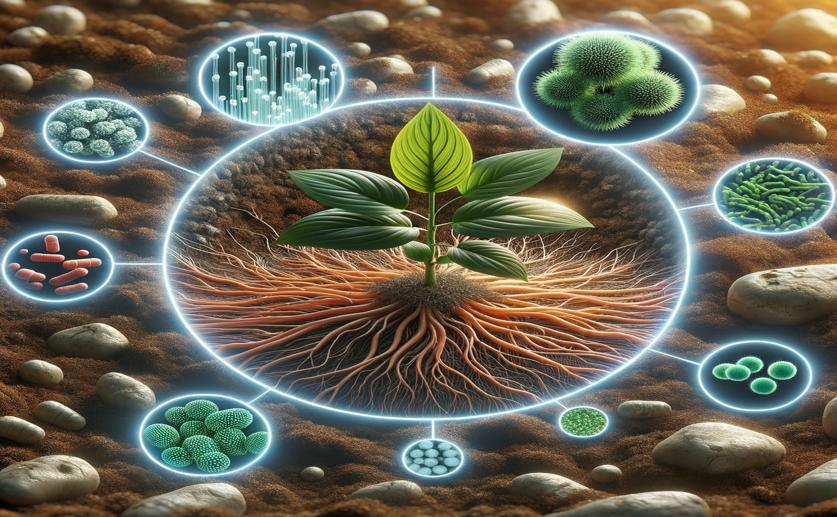
How Plant Generations Can Boost Disease Resistance Through Soil Microbes
Greg Howard
4th July, 2024

Image Source: Natural Science News, 2024
Key Findings
- The study from Zhejiang University of Technology explored how Arabidopsis thaliana plants defend against pathogens by recruiting beneficial bacteria to their rhizosphere
- Over multiple generations, plants exposed to the pathogen Pseudomonas syringae showed improved growth and increased disease resistance by the third generation
- This enhanced resilience was linked to the enrichment of beneficial rhizosphere bacteria, such as Bacillus and Bacteroides, which help with nutrient absorption and pathogen suppression
References
Main Study
1) Multigenerational Adaptation Can Enhance the Pathogen Resistance of Plants via Changes in Rhizosphere Microbial Community Assembly.
Published 3rd July, 2024
https://doi.org/10.1021/acs.jafc.4c02200
Related Studies
2) The root microbiome: Community assembly and its contributions to plant fitness.
3) Root exudates drive the soil-borne legacy of aboveground pathogen infection.
4) Selection of rhizosphere communities of diverse rotation crops reveals unique core microbiome associated with reduced banana Fusarium wilt disease.
5) Rhizosphere community selection reveals bacteria associated with reduced root disease.



 29th June, 2024 | Jim Crocker
29th June, 2024 | Jim Crocker